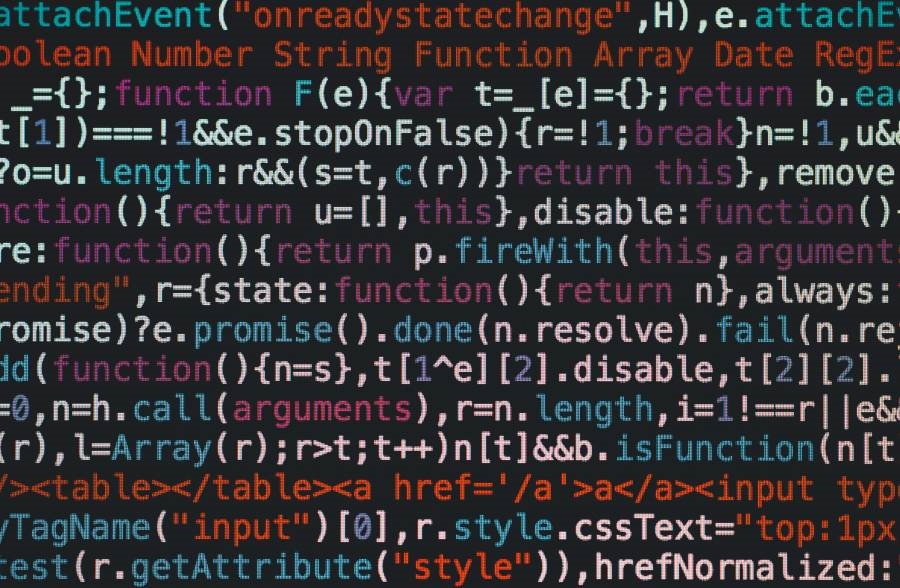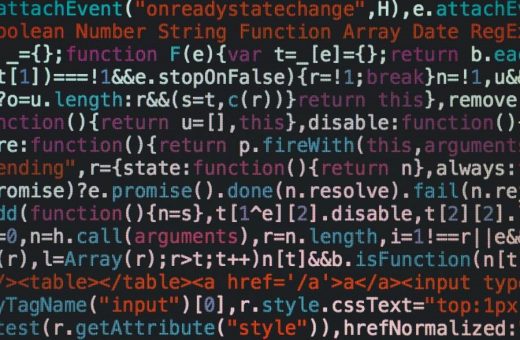Internet of Things Makes it Easier to Steal Your Data
Internet of Things Makes it Easier to Steal Your Data

With IoT technology expanding its presence in our lives, we are putting them to a new danger. Internet of things brings to our house devices packed with various sensors, cameras, microphones, and capability to transfer data over the Internet. How do we know that those devices are not sending the data where they shouldn’t?

Internet of Things is a big privacy concern.
Customers who buy an IoT-enabled product should know that the device will always transmit some data over the internet. It is how they work, and it is what makes them so easy to set, adjust, and control.
But there are limits to what data the devices should and should not transmit. Some information, that may be normal for an Original Equipment Manufacturer to gather and transfer. But it may not be acceptable for the end-user.
Are we actually on the same page with OEM? According to a recent study from a collaboration of Northeastern University and Imperial College London — not so much.
The researchers have looked into numerous pieces of IoT consumer tech. They have studied smart TVs, streaming dongles, speakers, and video doorbells from big vendors like Google, Roku, and Amazon.
As the study has shown, most devices gathered an excessive amount of data: IP addresses, devices’ specs, usage habits, and location. The devices were not only sending collected data to OEM. They were also sharing it with third party-companies, even those who had nothing to do with the customer.
For instance, most of the TVs have sent info about the TV model and location to Netflix. But the researches haven’t installed Netflix on any of the TVs.
Among those third-parties, we can see many advertising companies. They are using the provided data to better target ads to the clients.
Back in 2017, the CIA has developed the malware which kept smart TVs on to record customers’ conversations. The “Weeping Ange” project, or so-called “Fake-Off mode” could have put people’s personal lives to danger, exposing their sensitive information.
The problem of IoT privacy policy
OEMs of the IoT enabled devices are trying to resolve the issue by providing the customers with privacy policies. Before starting to use the product, the client can read the document describing what data the product collects. Also, the document contains info about what purpose the collected data serves. To use the product, the customer has to accept the policy.
The problem is that many of the IoT devices do not have a screen. No screen means no way for a firmware to display a privacy policy agreement. Some devices, which have to be paired with a mobile app, may display policy on a mobile device screen.
But still — privacy policies are not an effective solution to the problem. But most of the time such documents are hefty and full of legalese. They are hard to read and comprehend, and most of the users just skip those.
Strict regulation can solve the security problem
Now we learn about more companies collecting too much data from their users. To protect themselves, they start to encrypt the data which their products transmit.
The data encryption solves the problem in a certain way. It makes it harder to steal the data. And at the same time encryption makes it harder for researchers to learn, what it actually is that the company gathers. This way, they have little to no ways to see if the OEM is the only one who receives the transferred data.
Enabling everyday object with data transfer capabilities open a whole lot of chance for your data to be compromised. The Internet of Things technology has a long way ahead of it in terms of securing that data.
The real solution to the problem would be strict regulation. The law must limit the number of companies that extract the data from IoT enabled devices. It makes sense for an OEM to gather your information, but we don’t need advertisers getting too close.
It is obvious that people will keep on surrounding themselves with connected devices. Doing so, it is important to do thorough research on not only the product you are looking to buy. And try to be cautious when purchasing IoT products with built-in cameras and microphones.
Apart from that, look into the OEM which you are buying from. A decent IoT developer makes privacy a default. The company makes sure that the data does not get in the hands of third party companies from day one — not after the wrist slaps from the media. Therefore the set of data serves one and only purpose of powering the IoT infrastructure.
The post Internet of Things Makes it Easier to Steal Your Data appeared first on ReadWrite.
(15)


